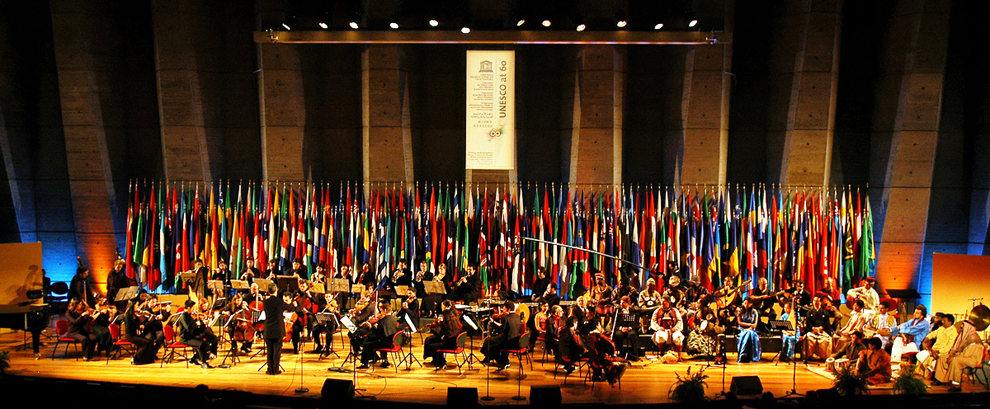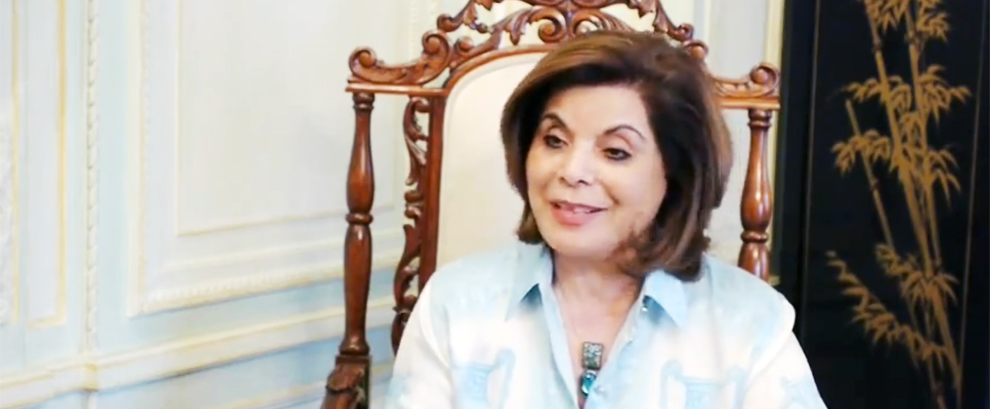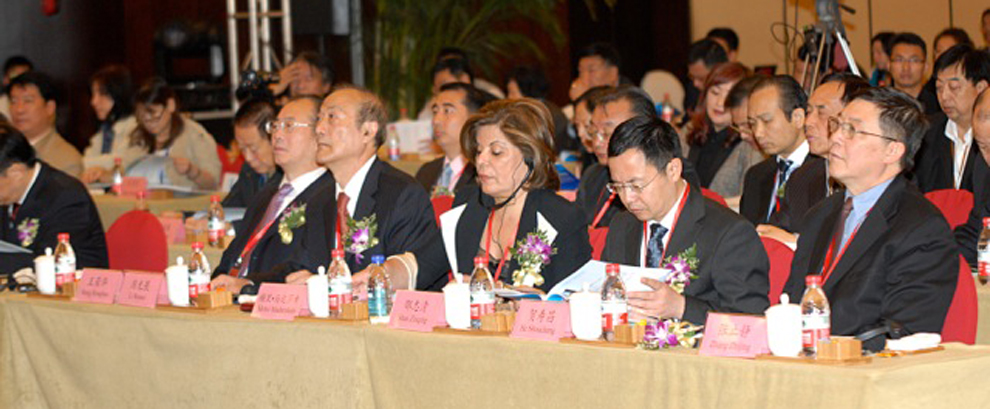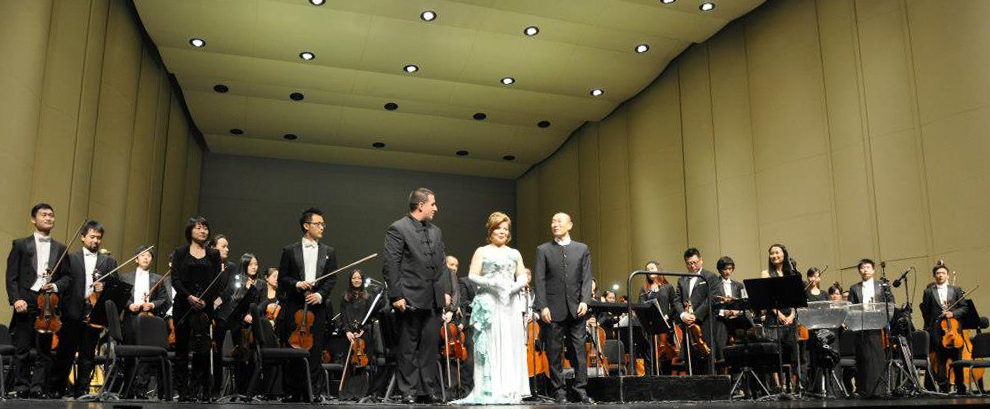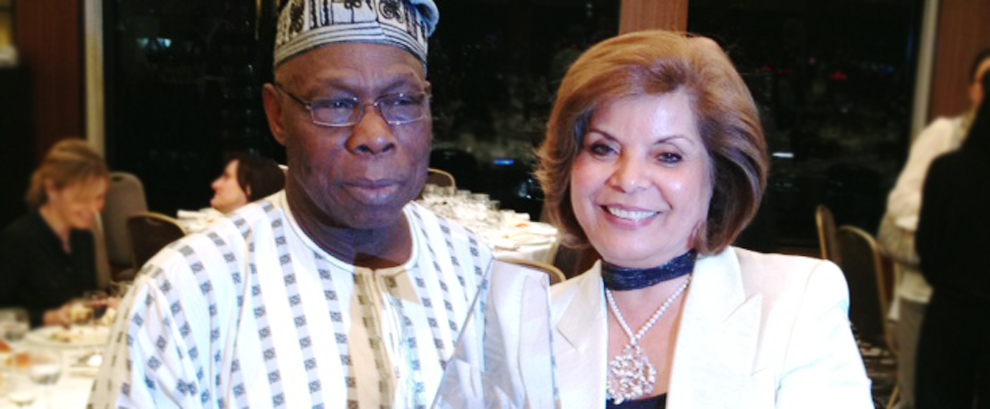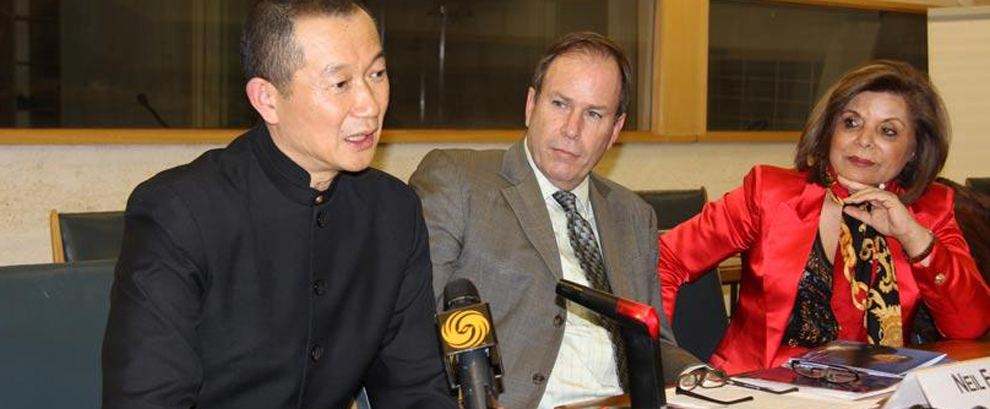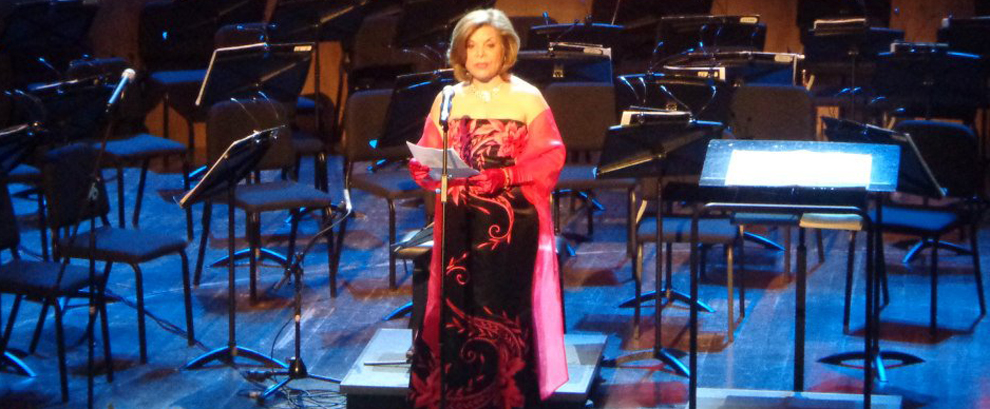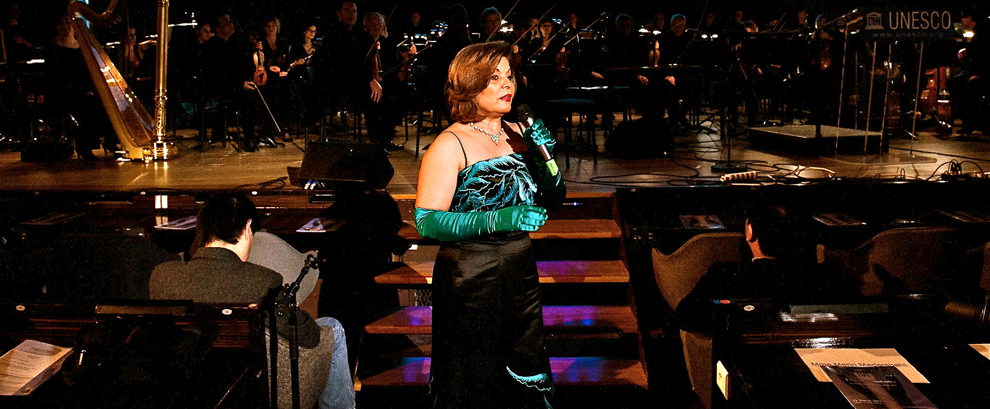ASPEN CULTURAL DIPLOMACY FORUM 2011
November 2011
Cercle Interaliee, Paris
Presented by: Mehri Madarshahi
DOWNLOAD
Samuel Huntington’s “clash of civilizations” presented a controversial idea that people’s cultural and religious identities will be the primary source of conflict in the post-Cold war period. Huntington believed that while the age of ideology had ended, the world had only reverted to a normal state of affairs characterized by cultural conflict. He argued that the primary axis of conflict in the future would be along cultural and religious lines. The thesis received much criticism. In his book Terror and Liberalism, Paul Berman suggested that distinct cultural boundaries did not exist in the present day. He argued that there was neither “Islamic civilization” nor a “Western civilization”, and that the evidence for a civilization clash was not convincing. According to Berman conflict arises because of philosophical beliefs between groups, regardless of cultural or religious identity.
While Huntington incorrectly identified the underlying causes of conflict but if he would have argued instead about “clash of ideology”, “clash of have against have not” and “clash of powerful against powerless”, he may have given rise to less arguments. I can go on with pros and cons of the argument as presented by Huntington for hours but in a polarized world by race, religion, language barriers and boundaries we all know what is at stake and the kind of Challenges we are facing. In these muddy waters some fish for profit, fame, advantages and others take refuge to a hidden world of fortified faith for self-preservation and security. Globalization shrunk the world and brought closer together the adversaries without giving rise to a system of common understanding of one another differences and value system. As spaces grow closer, the uneasy feeling of invasion of others cultural value system and believe grow stronger.
Take the “Danish cartoons case”, take the “Fitna Film”, and now “The Jewel of the Medina”. But you may recall similar controversial cases, such as Goddard’s “Je vous salue Marie” (Hail Mary) in the eighties or, more recently, Mel Gibson’s “The passion of the Christ”, just to give you a few examples.
I do not want to focus either on the serious incidents that some of these affairs have provoked all around the world or on the animated but polarized debates that followed.
What I want to stress here are the following. The recent American presidential election. A process smeared by slogans on race, religion, country of origin, personal belief and patriotism. While America was given a golden opportunity in the process to heal wounds and to overcome the artificially created and nourished conflict between various value systems and faith and particularly between Islam and Christianity, but all it produced for a while was division. I still remember when in one of his rallies Mr. McCain was confronted with the fear expressed by an elderly woman about Obama’s faith and origin when she said that he is a Muslim and he is an Arab, McMain’s answer was “ no Mum, he is not, he is an honorable citizen and a family man”! The answer was hailed by the media and praised by the critics, but at the time these voices was unaware of the formation of a “quiet revolution” in America. Despite these artificial societal and religious divisions created for political gains and campaign rallies, 62 per cent of the citizen of the US voted for Mr. Obama along with other silent voters of the world community: 70 per cent in Germany, 75 Percent in China, 70 per cent in France, 62 per cent in Britain, 70 percent in Nordic countries and well more than 50 percent in Egypt, Saudi Arabia and the UAE.
Obama has become the World’s preference and its candidate. Ladies and Gentlemen the US has gone through a new “movement”, a movement that is unprecedented in its history, taller than many other orders! How should the world and America use this triumph in order to systematically overcome hidden perfidious and residual ignorance in all of us?
If we advocate peaceful coexistence, we must respect cultural, religious, ethnic and social diversity. Only a sound human rights education can promote responsible behavior and thus avoid practices – such as stereotyping and insulting ethnic, social or religious groups – that cause social unrest and have serious damaging consequences for social cohesion.
To achieve this goal, the only secure path is: education. Education for human rights. Education for citizenship and respect for others. Education for Intercultural Understanding and Dialogue. education on media literacy. education about religions and beliefs and both intra and inter-religious dialogue. This also entails the need to create more awareness among peoples and government authorities about the need to respect the traditions of the use of religious symbols, images and expressions. Education is of critical importance to impart values like tolerance and mutual understanding, not only among each other at the community level but with “others” practicing different religions and faith with different symbols. Education must also focus on imparting knowledge about other religions to avoid misguided views and prejudices to take root.
Dialogue therefore must be at the core of continued inter-religious cooperation. Multicentrality and multi-faith is a global symbol for a globally shrunk world and its acceptance is indispensable for the preservation of peace, stability and the resolution of conflicts.


